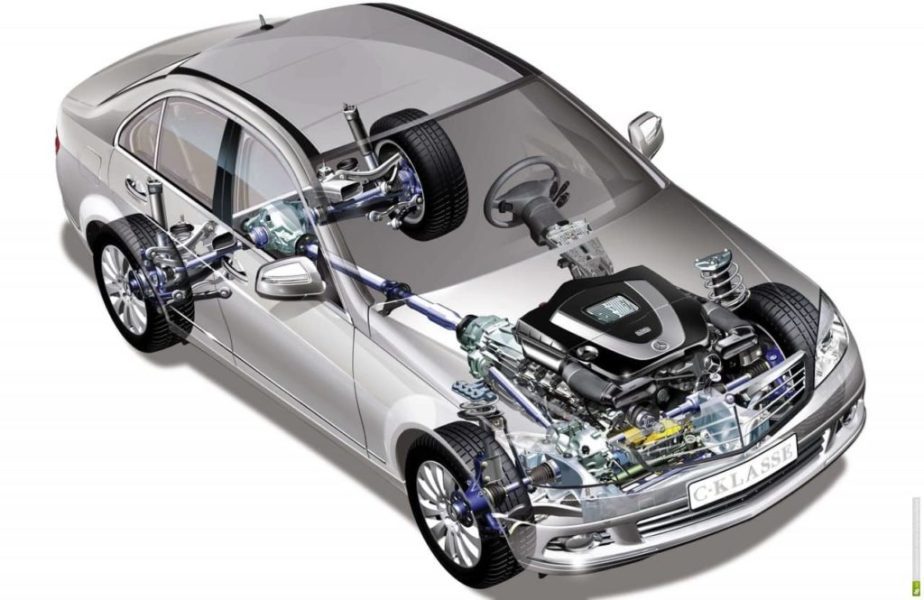
4Matic all-wheel drive system
Content
Vehicle handling is one of the most important factors on which road safety depends. Most modern vehicles are equipped with a transmission that transmits torque to one pair of wheels (front or rear wheel drive). But the high power of some powertrains is forcing automakers to produce all-wheel drive modifications. If you transfer torque from a high-performance motor to one axle, slipping of the driving wheels will inevitably occur.
To stabilize the vehicle on the road and make it safer and more reliable in a sporty driving style, it is necessary to distribute torque to all wheels. This increases the stability and control of transport on unstable road surfaces, such as ice, mud or sand.
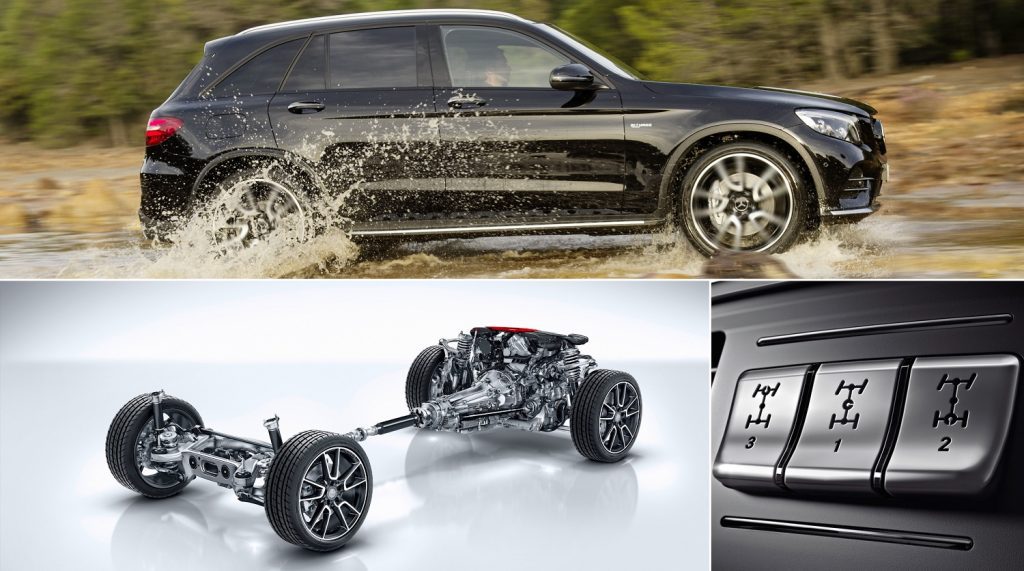
If you properly distribute the efforts on each wheel, the car is not afraid of even the most severe road conditions with unstable surfaces. To fulfill this vision, automakers have long been developing all sorts of systems that are designed to improve the car's handling in such conditions. An example of this is the differential (in more detail about what it is, it is described in another article). It can be inter-axle or inter-axle.
Among such developments is the 4Matic system, which was created by the specialists of the famous German car brand Mercedes-Benz. Let's consider what is the peculiarity of this development, how it appeared and what kind of device it has.
What is 4Matic all-wheel drive system
As already clear from the introduction, 4Matic is an all-wheel drive system, that is, the torque from the power unit is distributed to all wheels so that, depending on road conditions, each of them becomes the leading one. Not only full-fledged SUVs are equipped with such a system (for more information on what type of car it is, and how it differs from crossovers, read here), but also cars, under the hood of which a powerful internal combustion engine is installed.
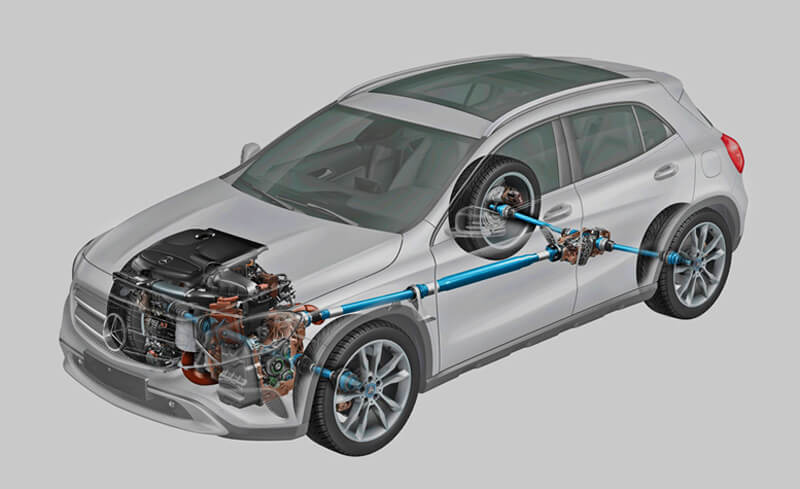
The name of the system comes from 4WD (i.e. 4-wheel drive) and autoMATIC (automatic operation of mechanisms). The torque distribution is electronically controlled, but the power transmission itself is of a mechanical type, not an electronic simulation. Today, of all such developments, this system is considered one of the most high-tech and equipped with a wide range of settings.
Consider how this system appeared and developed, and then what is included in its structure.
The history of the creation of all-wheel drive
The very idea of introducing all-wheel drive into wheeled vehicles is not new. The first full-wheel drive car is the 60 Dutch Spyker 80 / 1903HP sports car. At that time, it was a heavy-duty car that received decent equipment. In addition to transmitting torque to all wheels, under its hood was an in-line 6-cylinder gasoline power unit, which was a great rarity. The braking system slowed down the rotation of all wheels, and there were as many as three differentials in the transmission, one of which was center.
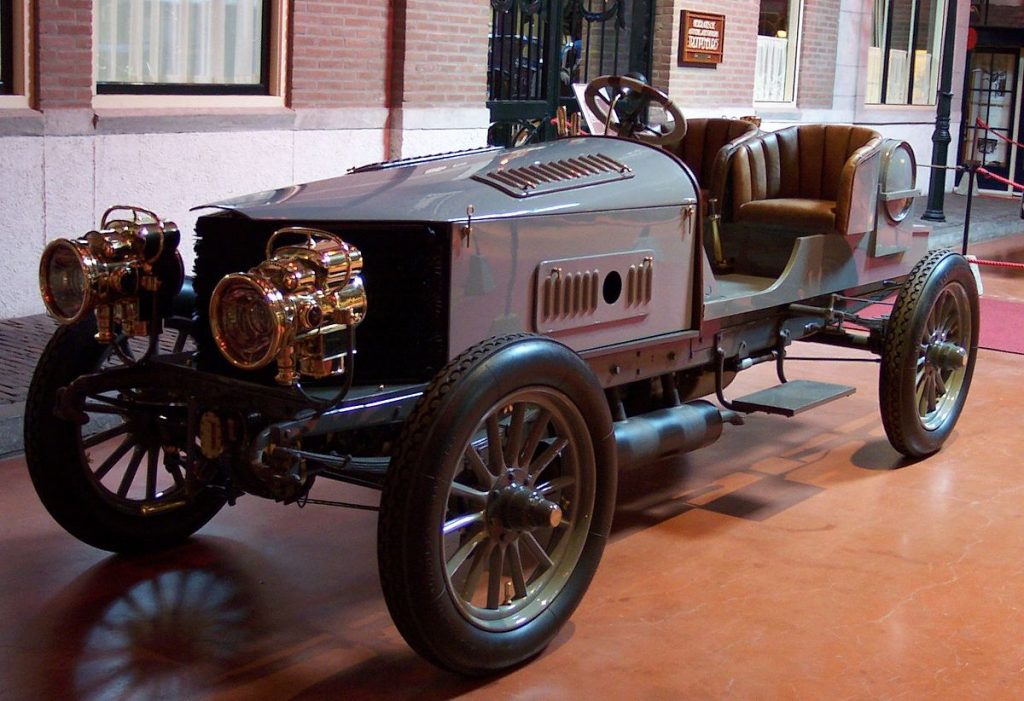
After just one year, a whole line of all-wheel drive trucks was created for the needs of the Austrian army, which were presented by Austro-Daimler. These models were later used as a base for armored cars. Closer to the beginning of the twentieth century, all-wheel drive could no longer surprise anyone. And Mercedes-Benz was also actively involved in the development and improvement of this system.
XNUMXst generation
The prerequisites for the emergence of successful modifications of the mechanisms was the presentation of a novelty from the brand, which took place within the framework of the world famous motor show in Frankfurt. The event took place in 1985. But the first generation of all-wheel drive from the German automaker went into production two years later.
The photo below shows a diagram that was installed on a 124 Mercedes-Benz W1984 model:

There was a hard blocking in the rear and center differentials (for details on why you need to block the differential, read separately). An inter-wheel differential was also installed on the front axle, but it was not blocked, since in this case the vehicle's handling deteriorated.
The first series-produced 4Matic system was involved in the transmission of torque only in the event of a spin of the main axle. Disabling all-wheel drive also had an automatic mode - as soon as the anti-lock braking system was triggered, all-wheel drive was also disengaged.
In that development, three modes of operation were available:
- 100% rear-wheel drive. All torque goes to the rear axle, and the front wheels remain only swivel;
- Partial torque transmission. The front wheels are only partially driven. The distribution of forces to the front wheels is 35 percent, and to the rear - 65 percent. In this mode, the rear wheels are still the main ones, and the front ones only help stabilize the car or get out onto a better section of the road;
- 50 percent torque split. In this mode, all wheels receive the same percentage of torque to the same extent. Also, this option made it possible to disable the rear axle differential lock.
This modification of the all-wheel drive was used in production cars of the auto brand until 1997.
XNUMXnd generation
The next evolution of the all-wheel drive transmission from the German manufacturer began to appear in the models of the same E-class - the W210. It could be installed only on those cars that were operated on roads with right-hand traffic, and then only on order. As a basic function, 4Matic was installed in the W163 M-class SUVs. In this case, the four-wheel drive was permanent.
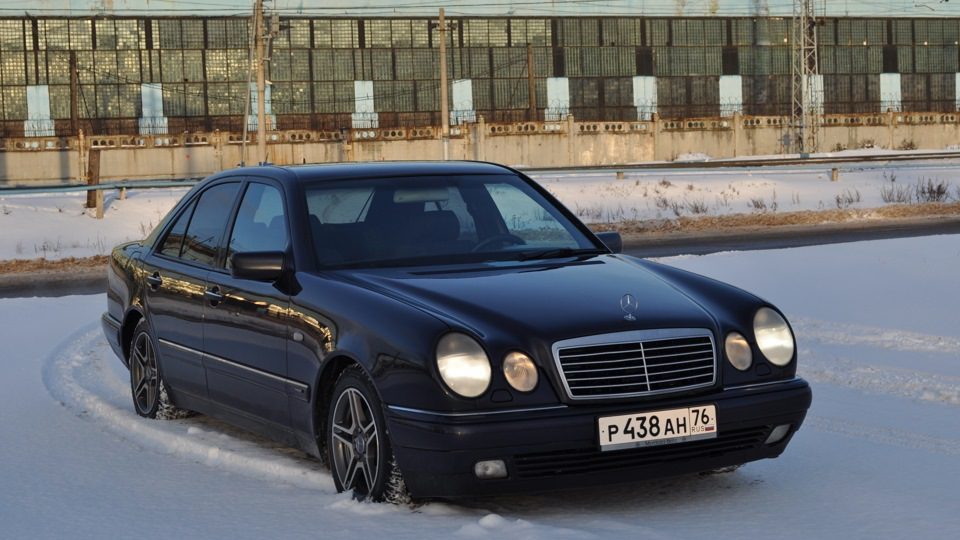
Differential locks received a different algorithm. It was an imitation of an electronic lock, which was activated by the traction control. This system slowed down the rotation of the skid wheel, due to which the torque was partially redistributed to the other wheels.
Starting with this generation of 4Matic, the automaker has completely abandoned rigid differential locks. This generation existed on the market until 2002.
III generation
The third generation 4Matic appeared in 2002, and was present in the following models:
- C-class W203;
- S-class W220;
- E-Class W211.
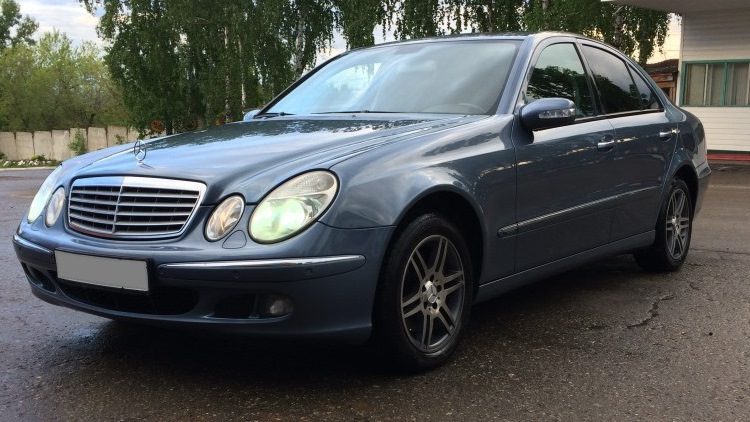
This system also received an electronic type of differential locks control. These mechanisms, as in the previous generation, were not rigidly blocked. The changes affected the algorithms for simulating the prevention of slipping of driving wheels. This process is controlled by the traction control system and the dynamic stability system.
IV generation
The third generation existed on the market for four years, but its production was not completed. It was just that the buyer could now choose which transmission to equip the car with. In 2006, the 4Matic system received further improvements. It can already be seen in the list of equipment for the S550. The asymmetrical center differential has been replaced. Instead, a planetary gearbox was now used. His work provided a 45/55 percent distribution between the front / rear axles.
The photo shows a diagram of the fourth generation 4Matic all-wheel drive, which was used in the Mercedes-Benz S-Class:

Due to the fact that the mechanisms of modern transport began to receive more and more electronic controllers, the control of the controllability of the driving wheels has become more effective. The system itself was controlled thanks to signals coming from sensors of various systems that ensure the active safety of the machine. The power from the motor was continuously supplied to all wheels.
The advantage of this generation is that it provides an optimal balance between efficient vehicle handling and excellent traction when overcoming rough terrain. Despite the advantages of the system, after seven years of production, its further development followed.
V generation
The fifth generation 4Matic has appeared since 2013, and it could be found in the following models:
- CLA45 AMG;
- GL500.
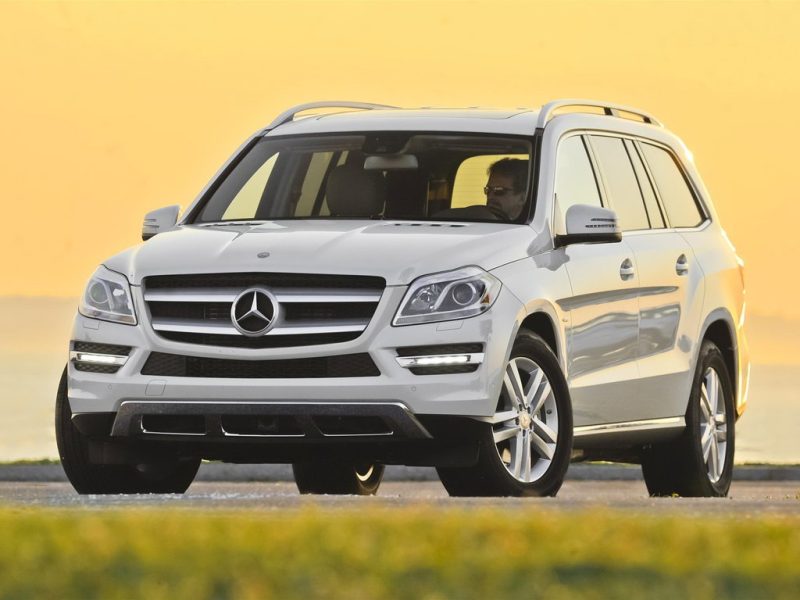
The peculiarity of this generation is that it is intended for vehicles with a transverse power unit (in this case, the transmission will turn the front wheels). The modernization affected the design of the actuators, as well as the principle of torque distribution.
In this case, the car is front-wheel drive. Power distribution to all wheels can now be activated by activating the corresponding mode on the control panel.
How the 4Matic system works
The structure of the 4Matic system consists of:
- Automatic boxes;
- Transfer case, the design of which provides for the presence of a planetary gear (starting from the fourth generation, it is used as an alternative to an asymmetric center differential);
- Cardan transmission (for details on what it is, as well as where else it is used in cars, read in another review);
- Front cross-axle differential (free, or non-blocking);
- Rear cross-axle differential (it is also free).
There are two modifications of the 4Matic all-wheel drive. The first is intended for passenger cars, and the second is installed on SUVs and minibuses. On the market today, there are often cars equipped with the third generation of the 4Matic system. The reason is that this generation is more affordable and has a good balance of maintainability, reliability and efficiency.
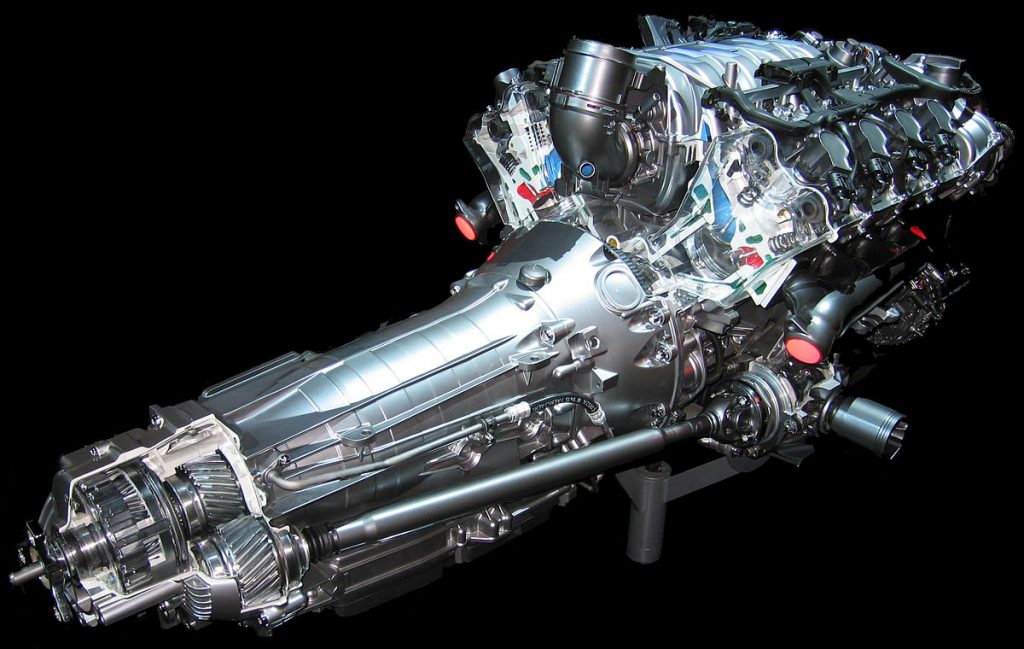
Another factor that influenced the popularity of this particular generation is the rise in activity of the German automaker Mercedes. Since 2000, the company has decided to reduce the cost of its products, and, on the contrary, to increase the quality of the models. Thanks to this, the brand gained more admirers and the term “German quality” took root more firmly in the minds of motorists.
Features of the 4Matic system
Similar four-wheel drive systems work with manual transmissions, but 4Matic is installed if the transmission is of an automatic type. The reason for the incompatibility with mechanics is that the distribution of torque is carried out not by the driver, as in most models of all-wheel drive cars of the last century, but by electronics. The presence of an automatic transmission in the transmission of a car is a key condition that determines whether such a system will be installed in the car or not.
Each generation has its own principle of operation. Since the first two generations are extremely rare on the market, we will focus on how the last three generations work.
III generation
This type of PP is installed on both sedans and light SUVs. In such trim levels, the power distribution between the axles is carried out in a ratio of 40 to 60 percent (less - to the front axle). If the car is a full-fledged SUV, then the torque is distributed evenly - 50 percent on each axle.
When used in commercial vehicles or business sedans, the front wheels will operate at 45 percent and the rear wheels at 55 percent. A separate modification is reserved for AMG models - their axle ratio is 33/67.
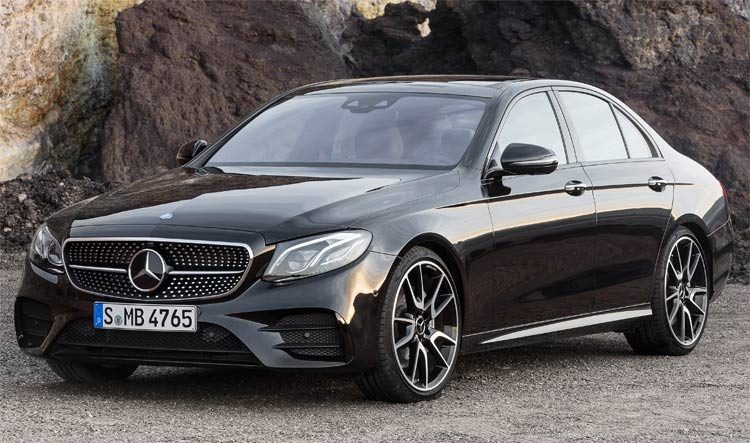
Such a system consists of a propeller shaft, a transfer case (transmits torque to the rear wheels), cross-axle differentials in front and rear, as well as two rear axle shafts. The main mechanism in it is the transfer case. This device corrects the operation of the gearbox (replaces the center differential). The transmission of torque is carried out through a sun gear (gears of different diameters are used for the front and rear axle shafts).
IV generation
The fourth generation 4Matic uses a cylindrical differential, which is locked via a two-disc clutch. Power is distributed 45/55 percent (more at the rear). When the car accelerates on ice, the clutch locks the differential so that all four wheels come into play.
When passing a sharp turn, slip of the clutch may be observed. This occurs when there is a 45 Nm difference between the wheel differentials. This eliminates accelerated wear of heavier loaded tires. For 4Matic operation, the 4ETS, ESP system is used (for what kind of system, read here) as well as ASR.
V generation
The peculiarity of the fifth generation 4Matic is that four-wheel drive is activated in it if necessary. The rest of the car remains front-wheel drive (connected PP). Thanks to this, urban or normal road driving mode will be more economical than with permanent all-wheel drive. The rear axle is automatically activated when the electronics detects wheel slip on the main axle.
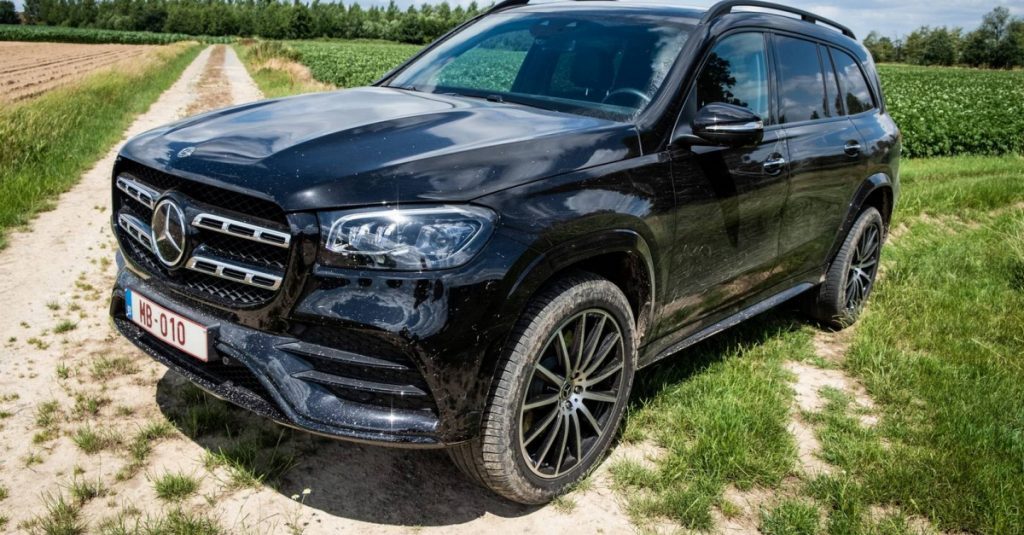
Disconnection of the PP also occurs in automatic mode. The peculiarity of this modification is that to some extent it is able to correct the position of the car by increasing the grip area of the driving wheels in corners until the mechanisms of the exchange rate stability system are activated.
The system device includes another control unit, which is installed in a robotic preselective (wet-type double clutch, the principle of operation of which is described separately) gearbox. Under normal conditions, the system activates 50% torque distribution, but in an emergency, the electronics adjusts the power delivery differently:
- The car accelerates - the ratio is 60 to 40;
- The car goes through a series of turns - the ratio is 50 to 50;
- The front wheels lost traction - a ratio of 10 to 90;
- Emergency brake - the front wheels receive the maximum Nm.
Hack and predictor Aviator
Today, many motorists have at least heard of the 4Matic system. Some were able to test on their own experience the performance of several generations of all-wheel drive from a world-renowned auto brand. The system does not yet have serious competition among such developments, although it cannot be denied that there are worthy modifications that are used in models of other automakers, for example, Quattro from Audi or xdrive from BMW.
The first developments of 4Matic were intended only for a small number of models, and then as an option. But thanks to its reliability and efficiency, the system gained recognition and became popular. This prompted the automaker to reconsider its approach to the production of four-wheel drive cars with automatic power distribution.
In addition to the fact that 4Matic all-wheel drive makes it easier to overcome sections of the road with difficult and unstable surfaces, it provides additional safety in extreme conditions. With an active and functional system, the driver can fully control the vehicle. But you should not completely rely on this mechanism, since it is not able to overcome physical laws. Therefore, in no case should you neglect the elementary requirements of safe driving: maintain a distance and speed limit, especially on winding roads.
In conclusion - a small test drive Mercedes w212 e350 with 4Matic system:
Questions and answers:
How does 4 matic work? In such a transmission, the torque is distributed to each axle of the vehicle, making it the leading one. Depending on the generation (there are 5 of them), the connection of the second axis occurs automatically or in manual mode.
What does AMG mean? The abbreviation AMG stands for Aufrecht (the name of the founder of the company), Melchner (the name of his partner) and Grossashpach (the birthplace of Aufrecht).
